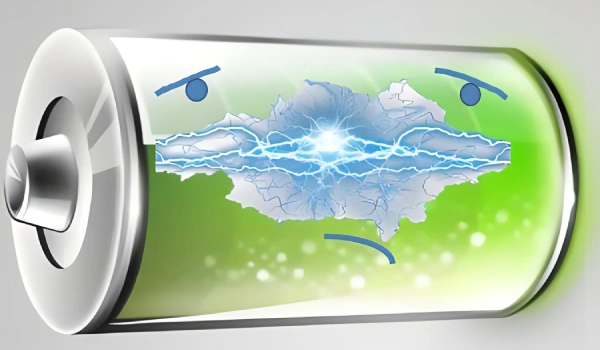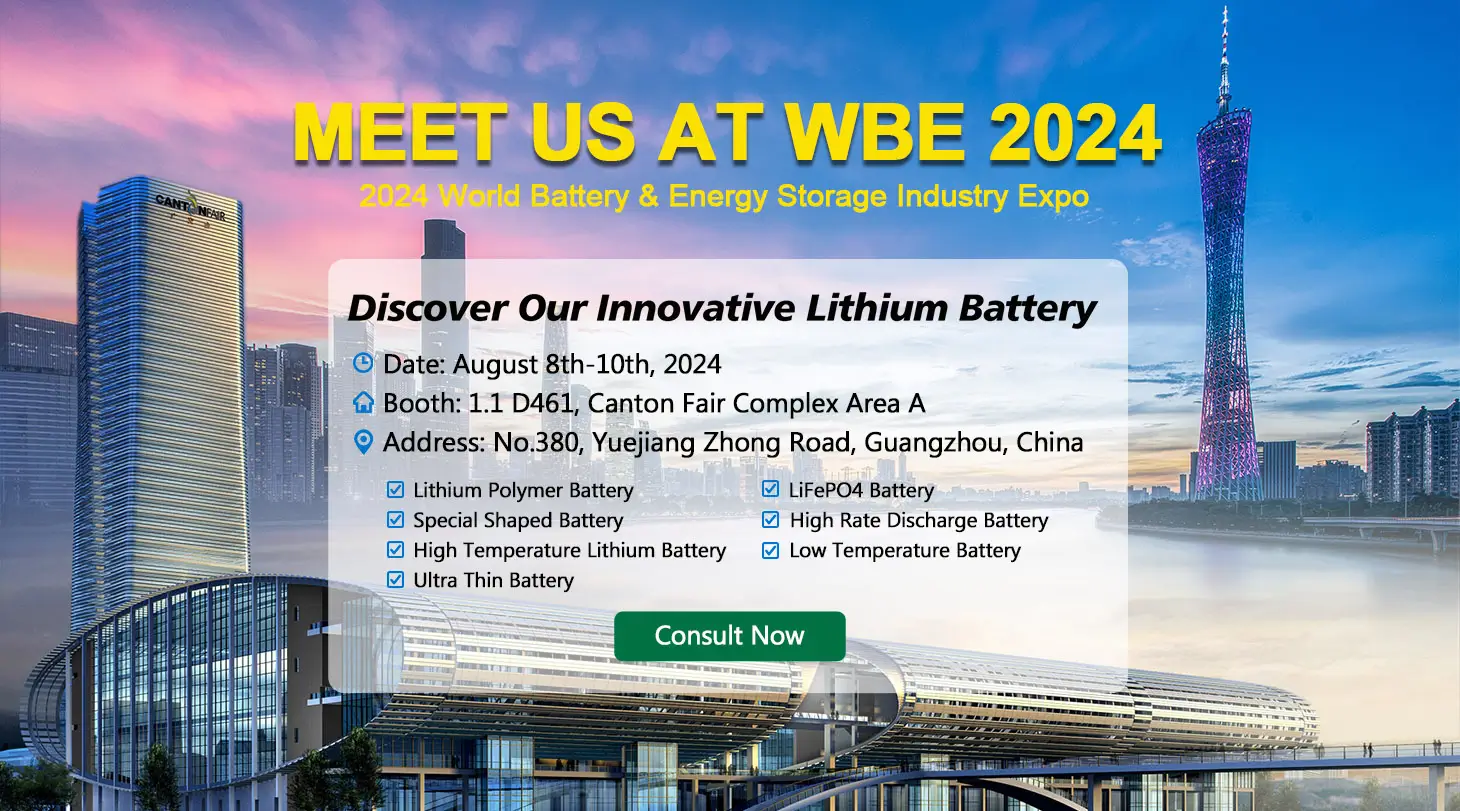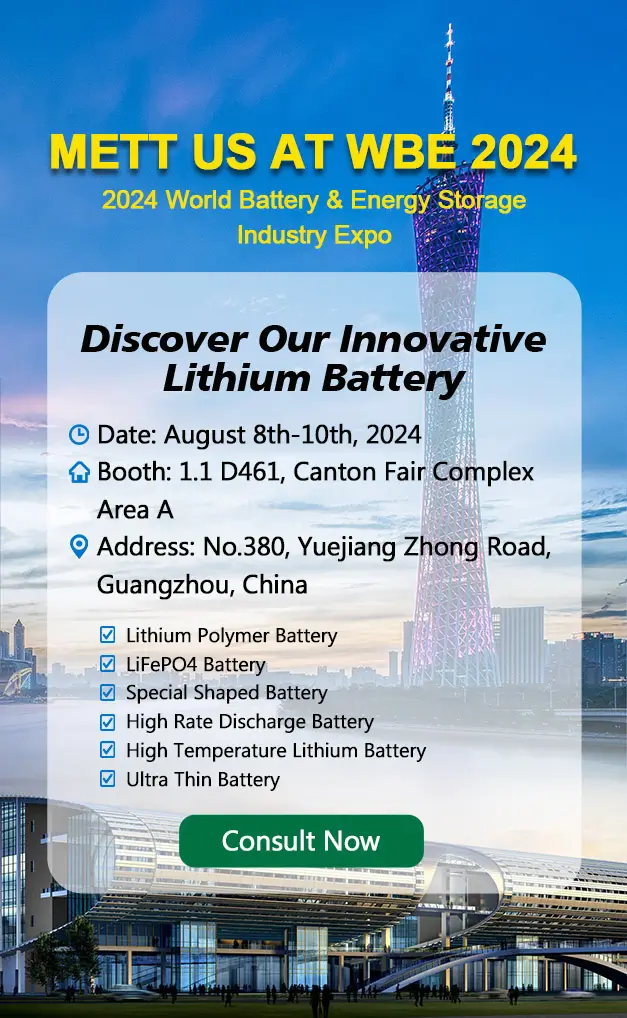Part 1. What is lithium battery self discharge rates?
The self-discharge rate of a lithium battery is the rate at which the battery’s charge decreases after some time under certain conditions. It is usually expressed as a percentage or monthly loss of charge.
The International Electrotechnical Commission (IEC) has developed standard specifications for the self-discharge rate of lithium batteries. The following are some typical standard specifications:
- IEC 61960-1:2010: Terms and definitions for lithium-ion battery packs and systems. This standard specifies terms and definitions in lithium-ion battery packs and systems. Still, it does not specify a value for the self-discharge rate.
- IEC 61960-3:2017: Performance test methods for lithium-ion battery packs and systems. This standard specifies performance test methods for lithium-ion battery packs and systems, including test methods for self-discharge rate.
- GB/T 18287-2013: lithium-ion batteries for mobile phones. This standard is a Chinese national standard that specifies the technical requirements and test methods for lithium-ion batteries for mobile phones, including the requirements for self-discharge rate.
The self-discharge rate requirements for lithium batteries may vary according to different applications and needs. Generally speaking, the self-discharge rate of high-quality lithium batteries should be low, usually below a few percentage points per month.
The self-discharge rate of lithium batteries is also affected by many factors, such as temperature, storage conditions, battery design, and materials. Therefore, to reduce the self-discharge rate, it is also necessary to take appropriate measures, such as storage in a low-temperature environment, reasonable selection of battery materials, and so on.

Part 2. Li-ion battery self discharge types
Lithium-ion battery self-discharge reaction is unavoidable, and its existence not only leads to the reduction of the battery’s capacity but also seriously affects the battery assembly and cycle life. The self-discharge rate of lithium-ion batteries is generally 2% to 5% per month, which can fully meet the requirements of a single battery cell.
However, once the lithium battery cell is assembled into a module, the characteristics of each lithium battery cell are not identical. Therefore, each time after charging and discharging, the terminal voltage of each lithium battery cell can only partially be consistent. As a result, there will be over-charging or over-discharging of the lithium battery cell in the lithium battery module, and the performance of the single lithium battery cell will deteriorate.
As the number of charging and discharging increases, the degree of deterioration will be further aggravated. The cycle life decreases dramatically compared to an unassembled Li-ion battery cell. Therefore, paying attention to the self-discharge rate of Li-ion batteries is necessary.
Lithium-ion self-discharge can generally be divided into reversible self-discharge and irreversible self-discharge.
Reversible self-discharge
Reversible self-discharge is when the loss of capacity can be reversibly compensated. The principle is similar to the standard discharge reaction of the battery.
Irreversible self-discharge
Self-discharge where the loss of capacity cannot be compensated is irreversible self-discharge. The main reason is that irreversible reactions occur inside the battery. These reactions include the reaction between the positive electrode and the electrolyte, the reaction between the negative electrode and the electrolyte, the reaction caused by impurities in the electrolyte, and the irreversible reaction caused by the micro-short-circuit of the impurities carried when the battery is made.
Part 3. 5 Influencing factors of lithium battery self discharge rates
The influencing factors of self-discharge of lithium-ion batteries are as follows.
1. Positive electrode material
The influence of anode materials is mainly due to the precipitation of transition metals and impurities in the anode of anode materials, resulting in an internal short circuit, thus increasing the self-discharge of lithium batteries. It has been found that batteries with high iron impurity content in raw materials and during the charging and discharging process have high self-discharge rates and poor stability. The reason is that iron is gradually reduced and precipitated at the negative electrode, piercing the diaphragm and leading to an internal short circuit in the battery, thus causing high self-discharge.
2. Negative electrode material
The influence of anode materials on lithium ion self-discharge is mainly due to the irreversible reaction between anode materials and electrolytes. When lithium ions are embedded and dislodged during the charging and discharging process, the graphite layered structure is easily damaged, which leads to a more significant self-discharge rate.
3. Electrolyte
The influence of the electrolyte is mainly manifested:
- Corrosion of the opposing electrode surface by electrolyte or impurities;
- Dissolution of electrode materials in the electrolyte;
- The electrode is covered by insoluble solids or gases decomposed by electrolytes, forming a passivation layer, etc.
4. Storage state
Generally speaking, the higher the temperature, the higher the SOC of the battery, and the greater the self-discharge of the battery.
5. Other factors
There are many factors affecting the self-discharge rate of the battery; in addition to the several introduced above, there are mainly the following aspects.
In the production process, the burrs are generated when slitting the pole piece. Impurities are introduced into the battery due to production environment problems, such as dust, metal powder on the pole piece, etc. These may cause internal micro-short circuits in the battery.
External environment humidity, incomplete insulation of external wiring, poor isolation of the battery case, etc., caused by the storage of the battery with external electronic circuits may also lead to self-discharge of lithium batteries;
The bonding between the active substance of the electrode material and the collector fails during the storage of lithium-ion batteries for an extended period. This can lead to active substance shedding, peeling, etc., reducing capacity and increased self-discharge.
Each of the above factors or a combination of factors can cause self-discharge of lithium batteries. This makes it challenging to find the cause of self-discharge and estimate the battery’s storage performance.
Related Tags:
More Articles

Overview of Deep Cycle Lithium Battery
In this article, we explore the life, voltage, capacity, and charging considerations of deep cycle lithium batteries.
How Long do Lithium Batteries Last?
How long do lithium batteries last? we will explore the factors that influence the lifespan of lithium batteries and provide insights into their longevity.
How to Choose the Best LiFePO4 Battery?
Choose LiFePO4 batteries for superior performance, safety, and versatility in EVs, UPS, and backup power. This guide helps you make informed decisions.
Get 12v Lithium Car Battery As a Power Source for the Ride
Make the right choice for your vehicle's battery needs by installing a 12 volt lithium car battery. You will enjoy maintenance-free longevity with this change.
Everything About A Small Lithium Ion Battery
Discover the features, uses & future potential of a small lithium ion battery. A compact and tiny powerhouse ideal for smartphones, wearables, drones & more.





